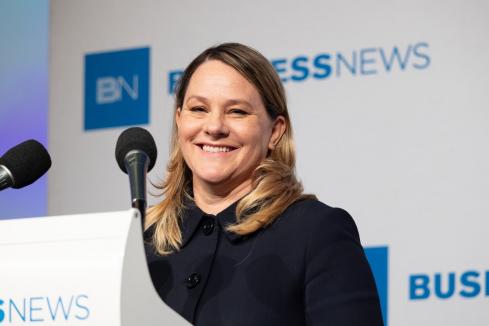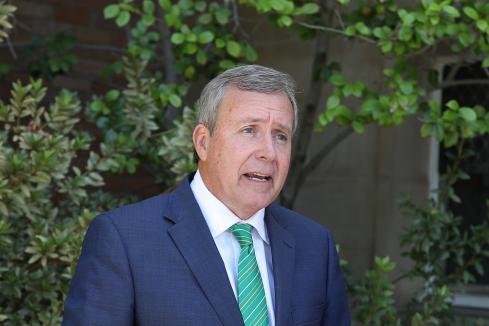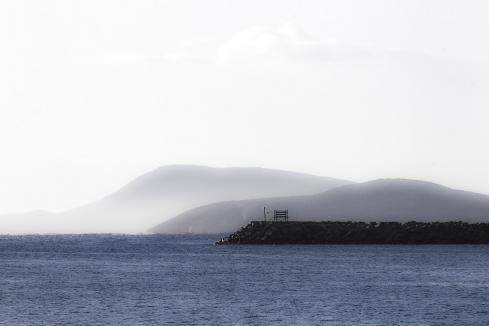

Recent data packaged up by a number of commentators suggest that massive levels of resources investment is now over and tough times lie ahead for Western Australia.
Some commentators have gone so far as to say that we have fallen into recession. This isn’t the full WA economic story.
The case for a recession-hit WA economy has been made of the back of recent weak labour market data, followed by reports last week that the domestic economy had recorded two consecutive quarters of negative growth.
Firstly, the rise in the unemployment rate is not the result of fundamental weakness in the economy but rather the continued mass migration of workers from overseas and interstate to WA.
As for the past two quaters of negative growth, this has been driven by the slowdown in investment activity in the resources sector from stratospheric growth to the end of 2012.
However this analysis only relates to the domestic economy, excluding the defining and most significant feature of the WA economy – its external focus.
When exports comprise 50 per cent of WA’s activity each year, this is a rather large omission when assessing health of the economy (particularly considering the second phase of the resources boom will bring a significant increase in export capacity).
Behind the large fall in resources investment are signs of a more balanced growth profile. Consumers are playing an important part in this story. Record population growth is increasing the number of consumers, while at the same time their propensity to consume and invest is rising due to their improved financial health.
We have already seen the beginning of a return to growth in the housing market, with new dwelling construction a bright spot in the domestic economy, rising by 17.5 per cent in March.
CCI is still predicting 6.5 per cent growth next year, and a similar rate of growth the following year. Not quite the recession-like conditions some have suggested.
The Westpac-CCI Leading Index of WA Economic Activity, which experienced its ninth consecutive month of growth in June, reinforces this view of growth.
Significant challenges must be overcome if this growth record is to be sustained over the longer term, however.
Despite continued warnings about the failure to address our high-cost operating environment and our low-productivity economy, the consequences are now beginning to show. We have seen the resources sector scale back on its rapid expansion plans and turn its attention to cost control.
These events have shaken the confidence of business and consumers, who not only understand the importance of a strong resources sector, but also the impact of high costs on their own circumstances. This should be of greater concern to our governments.
The latest Curtin Business School-CCI Survey of Consumer Confidence tumbled to a GFC low. Driving this fall was renewed concerns about the economic environment, and in particular their own job prospects, along with the perennial concern over the cost of living pressures in WA.
In a pre-election environment there is a clear message for the federal government and opposition to address the role they play in driving down confidence and potentially slowing economic activity. Our political leaders need to provide us with a positive agenda for reform that will boost productivity and build confidence, rather than constant negative rhetoric that we hear from both sides of politics.















